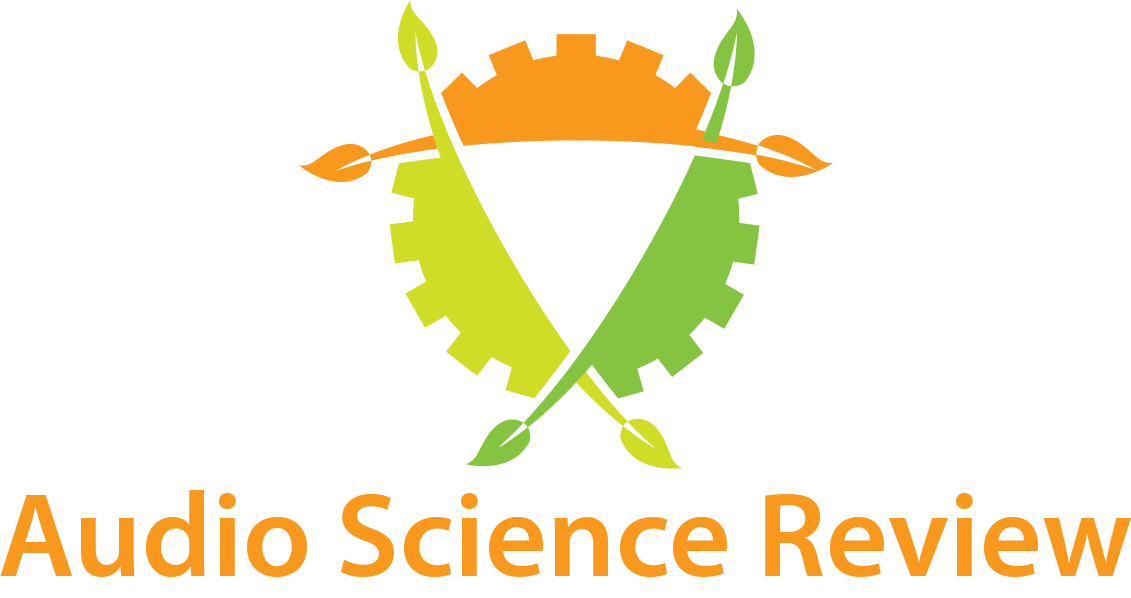If my Google skills do not betray me, these are, top to bottom:
Panasonic SV-3800, 1995 - ADC AK5339, DAC SM5843AS1 + 2x PCM1702, opamps NJM4580 (in), M5238 + NE5532 (out)
Sony PCM-D500, 1997 - ADC CXD8493M, DAC CXD8505BQ, opamps NJM4560 + M5238 (in), NE5532 + NJM4560 (out)
Fostex D-25, 1995 - no clue what's inside, couldn't find a service manual
The Panasonic splits the digital filter and DAC across two boards, that has me slightly concerned about the jitter department. Fundamentally it's a fairly high-performance combo for the time though. The digital filter has very low passband ripple and fairly high passband rejection... it might not like overs much but otherwise is basically perfect. I am not the biggest fan of newer BB multibit DACs like the PCM1702 und 1704, as they can have a rather distinctly measurable negative low-level linearity error that unlike the older PCM63 you can't get rid of by trimming, though a higher chip grade may help.
The Sony's XLR pin 1 wiring is decidedly not AES48 compliant, but neither is it on the Panasonic (par for the course at the time). Both are IEC Class I devices.
The coax digital outputs of both are transformer-coupled but the inputs are not. I would not expect a random USB to SPDIF converter to employ transformer coupling, which may leave your setup vulnerable to degraded performance from ground loops. Either adapt to Toslink (the Panasonic has that as well) or make use of AES/EBU. Given that the Fostex only seems to have AES/EBU, I guess you are using that already?
I don't know much about the Sony's converter chips. Standalone players often seem to follow the CXD8505 up with external 1-bit DACs so its performance on the analog side may not be high-end, but the output stage is decidedly more fancy than that of a lowly CDP-XE800 with the same chip (which is much more basic with far higher resistor values and lowly AD712 opamps), so there's that.
(BTW, one of the main killers of SONY DATs seems to be bad/leaking surface mount electrolytics on the head amplifier board. Probably the #1 source of trouble on
any SONY device from the '80s and '90s that uses them.)
I would assume that all of them should be capable of performance exceeding their specifications, assuming you don't get in trouble with ground loops between the DAT and your amp and the more than 25-year-old electrolytics are behaving themselves. The mid-'90s weren't the digital stone ages after all. With some shaped dither in the source, a dynamic range of around 100 dB(A) would not be unexpected. (The spec is usually for A/D + D/A in series and tends to be dominated by ADC noise.) That's getting close to what a pure line-level source for domestic playback realistically needs (my rule of thumb being 103ish), including some headroom for EQ. You can
most definitely live with that. You will need a volume control in the following analog stages, as always the case at the time. (If you wonder where the progress went, these days you can buy a DAC that will smoke a decent preamp from the '80s or '90s, and it won't be terribly expensive either.)
Here are some measurements from a Sony PCM-R300, which appears quite similar to the R500 in the converter department but with consumer I/O options only:
I measured my SONY PCM-R300 DAT recorder The PCM-R300 was released around 1998. (A review from the time may be found here) This was the entry model in the SONY pro DAT recorders. Obviously, this one is based on a consumer-grade DAT platform. I purchased it second hand to replace my...

www.audiosciencereview.com
Looks like the DAC will actually accept >16 bits (and give 4 dB more dynamic range for a total of 97.4 dB), which at the time would generally mean either 18 or 20 bits actually being used. So with 24-bit samples there would actually be truncation going on, but most any real-life music material would contain so much noise as to provide enough dithering by itself, generally even with a bit of digital attenuation... white noise at -102 dBFS ought to be plenty for 18 bits, or -114 dBFS for 20 bits. It doesn't look like is any plugin for custom bit depth dither for JRiver if you were to insist... "mda Dither" for Foobar2000 can do it.



